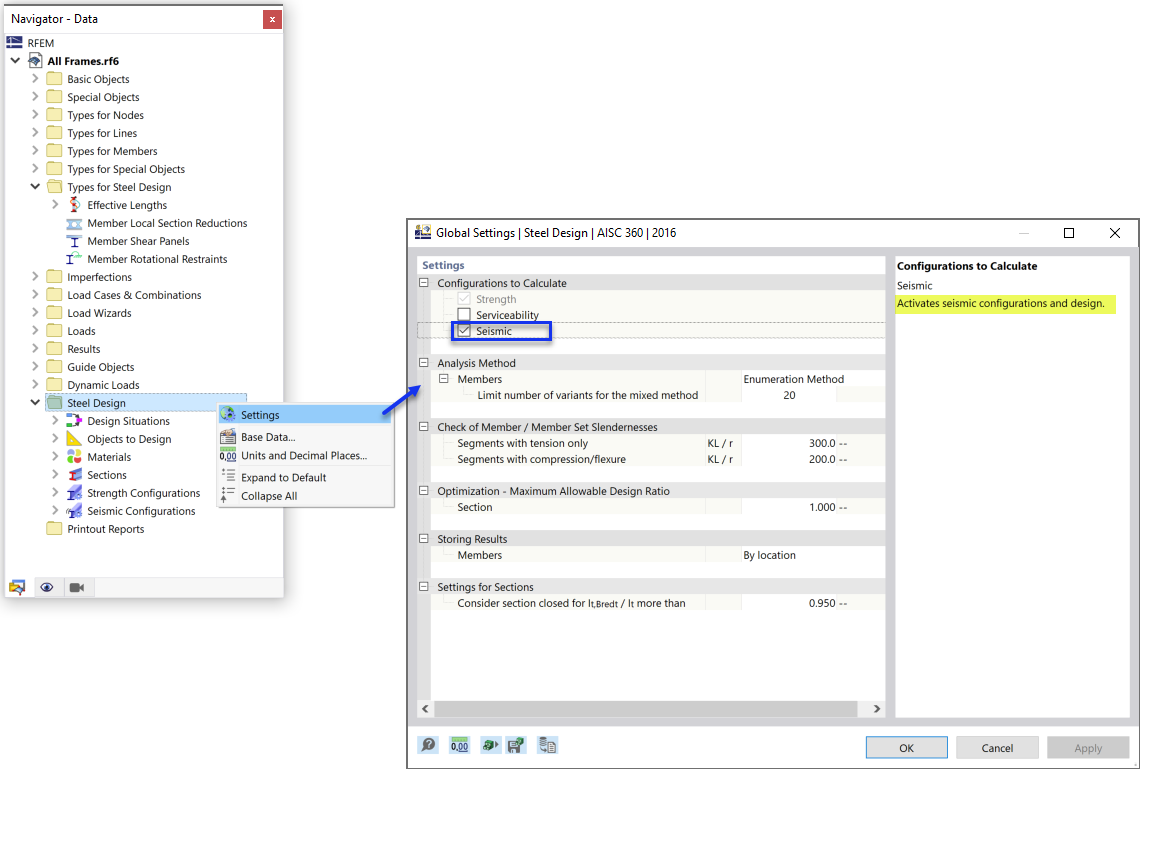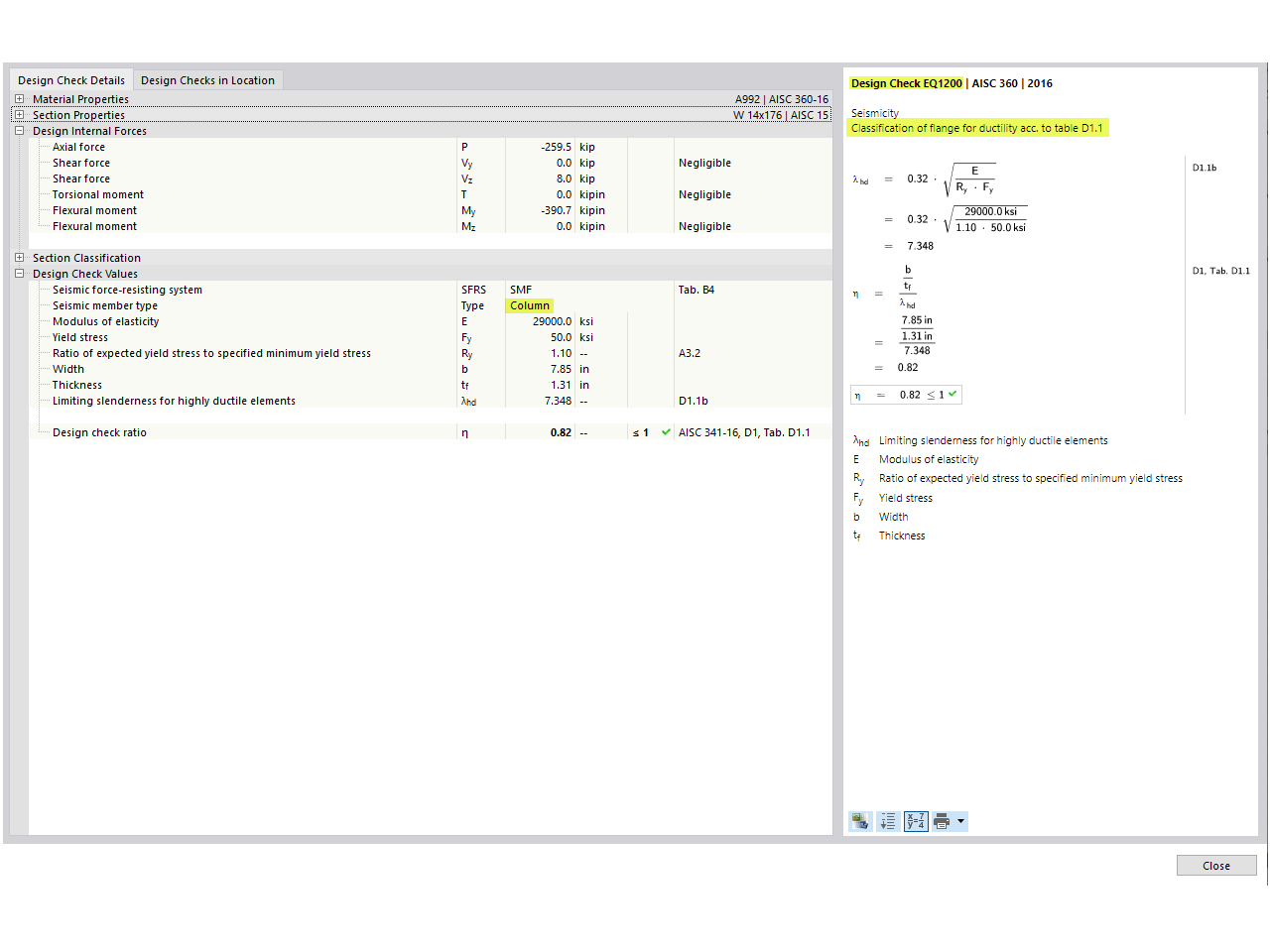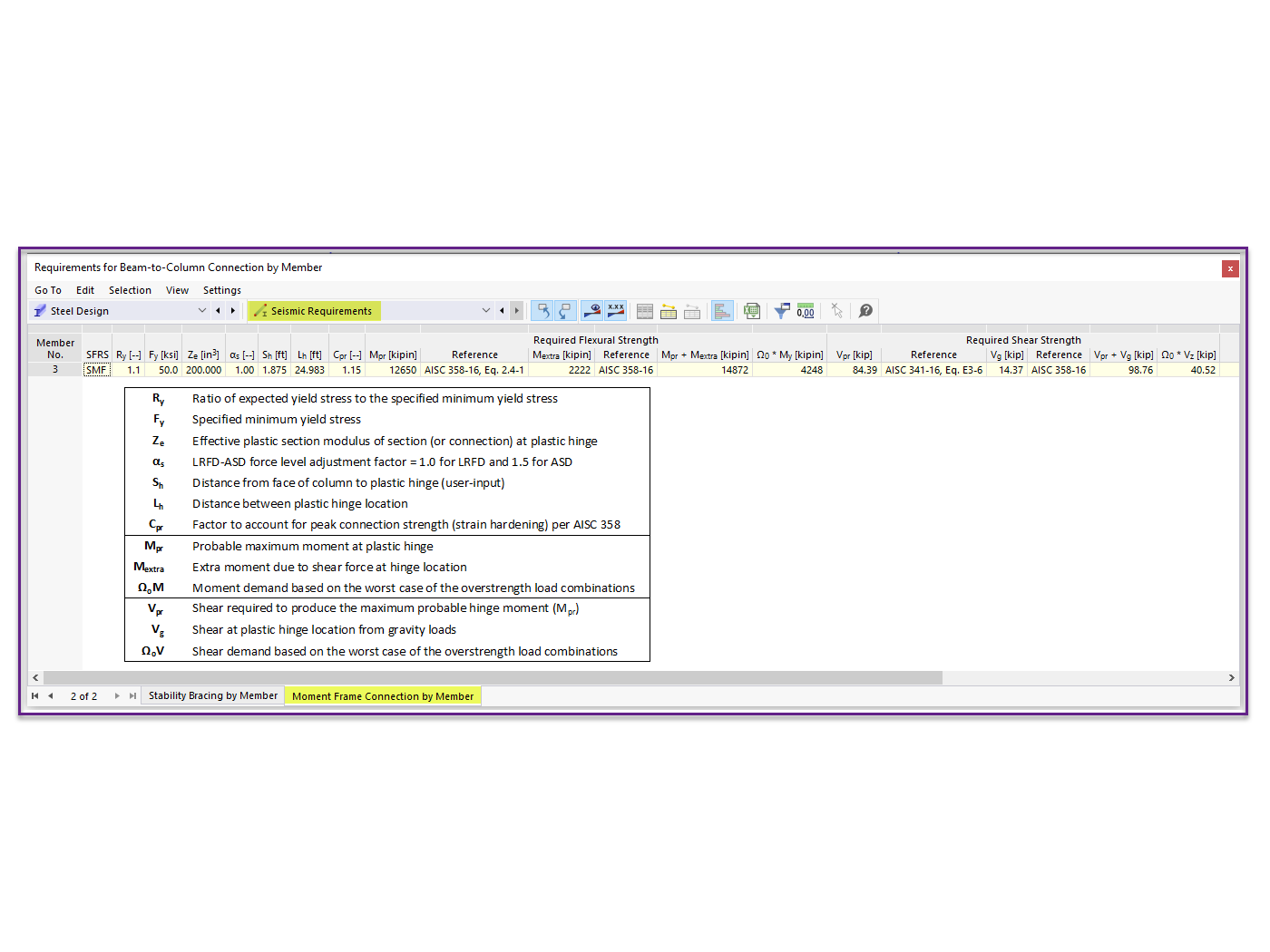The choice between steady-state (by using RWIND Basic) and transient simulation (by using RWIND Pro) depends on the specific requirements of the wind analysis, the level of accuracy needed, and the computational resources available. Steady-state simulations are suitable for simpler, time-invariant analyses, while transient simulations are necessary for capturing the dynamic behavior of wind flow and its impact on structures over time, and are more accurate than steady-state simulation.
Parapets present a unique challenge in the analysis of wind loads on buildings due to their positioning and the complex flow patterns they generate. Their interaction with wind loads is influenced by several factors that contribute to their complicated behavior:
Height and Exposure
Parapets extend above the main roof level, exposing them to higher wind velocities and different flow patterns compared to lower parts of the building. This exposure means they can experience significantly different wind pressures, including uplift forces.
Geometry and Shape
The shape of the parapet—whether it is flat, crenellated, or has other architectural features—can affect how wind flows over and around it, leading to complex patterns of vortices and turbulence. These flow patterns can alter the distribution and magnitude of wind pressures on the parapet and adjacent roof areas.
Interaction with Building Shape
The overall shape of the building influences how wind flows around it, which in turn affects the wind loads on the parapet. For instance, wind flowing over a streamlined, aerodynamic building will behave differently from wind encountering a building with a more bluff body. This interaction can lead to areas of higher pressure or suction on the parapet that are difficult to predict without detailed analysis.
Vortex Shedding
Tall parapets on high-rise buildings can experience vortex shedding, where alternating vortices are shed from either side of the parapet, leading to oscillating pressures that can cause structural vibrations. These effects are highly dependent on the wind speed, parapet shape, and the building’s orientation to the wind.
Gust Effect
Parapets can be subjected to gusting effects, where short-duration increases in wind speed cause fluctuating loads. These transient effects are particularly important for the structural design of parapets to ensure they can withstand sudden wind load increases without failure.
Given these complexities, advanced simulation techniques such as computational fluid dynamics (CFD) are often employed to accurately predict the wind loads on parapets. Both steady-state and transient simulations play a role, but transient simulations provide a more detailed understanding of how parapets respond to varying wind conditions over time in RWIND 2 Pro. These simulations can capture the instantaneous effects of gusts, the development of vortices, and the impact of turbulent flow, which are critical for designing parapets to be both functional and safe under wind loading.



























.png?mw=350&hash=c6c25b135ffd26af9cd48d77813d2ba5853f936c)





























_1.jpg?mw=350&hash=ab2086621f4e50c8c8fb8f3c211a22bc246e0552)






.png?mw=600&hash=49b6a289915d28aa461360f7308b092631b1446e)


















